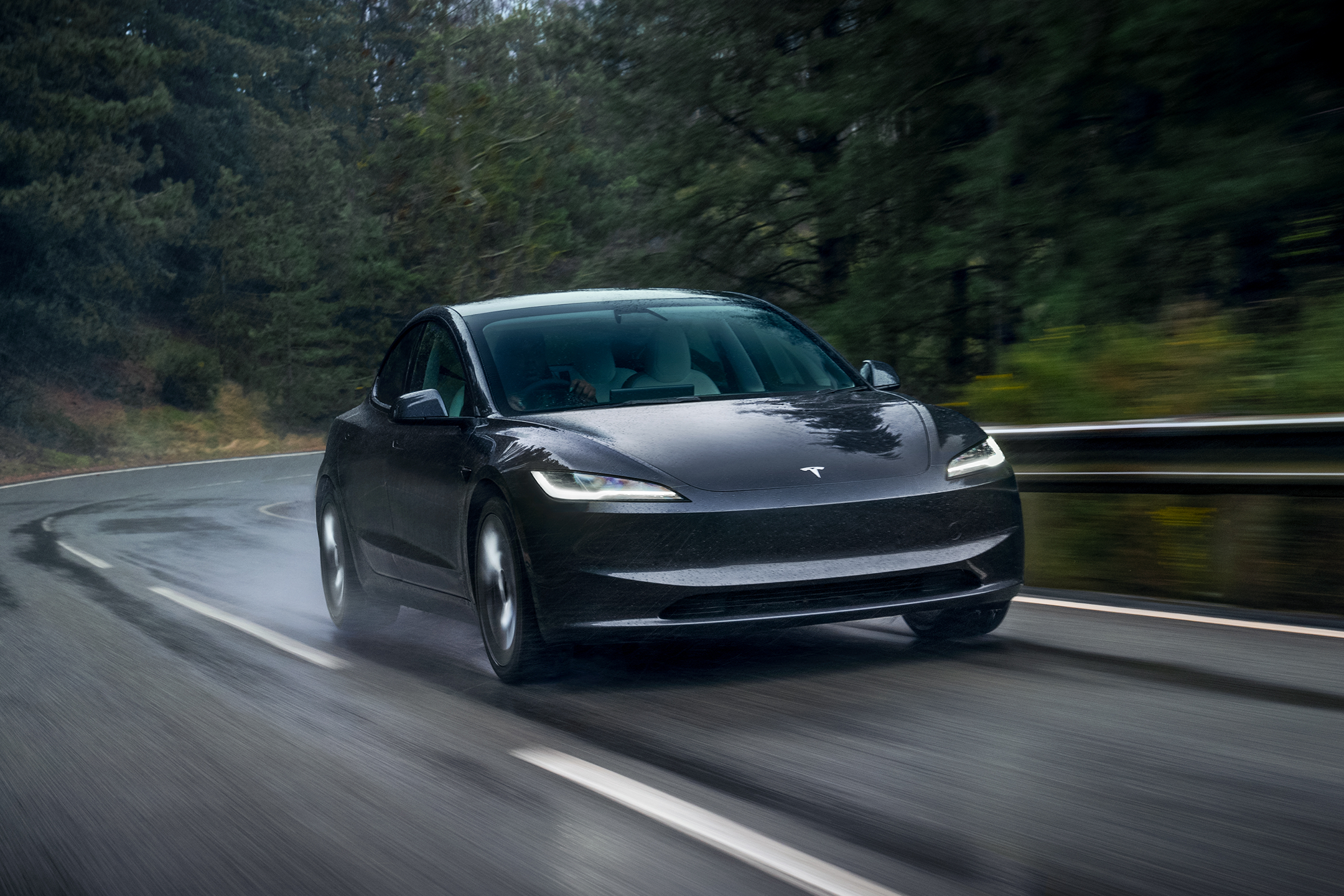Bragging Rights
Explore the latest trends, tips, and stories that make you stand out.
Charging Into the Future: Why Electric Cars Are Taking Over
Discover how electric cars are revolutionizing the roads and why they’re the future of driving. Join the charge now!
The Rise of Electric Vehicles: Key Factors Driving Their Popularity
The rise of electric vehicles (EVs) can be attributed to several key factors that have significantly influenced consumer preferences and market trends. One of the primary drivers is the growing awareness of environmental issues, as more people recognize the impact of traditional gasoline vehicles on air quality and climate change. As a result, governments and cities worldwide are implementing stricter emissions regulations and encouraging the adoption of EVs through incentives and subsidies. In addition to environmental motivations, advancements in battery technology have led to improved range and performance, making EVs more appealing to everyday drivers.
Another crucial factor contributing to the popularity of electric vehicles is the continuous improvement in infrastructure, particularly the expansion of charging stations. This enhanced accessibility alleviates range anxiety, which has historically deterred potential buyers from making the switch to electric. Furthermore, the rising cost of fossil fuels has compelled consumers to seek more economical alternatives. As electric vehicles become more affordable and feature-rich, their market share continues to grow, indicating a dynamic shift toward a more sustainable transportation future.

How Electric Cars Are Changing Our Cities and Our Lives
The rise of electric cars is profoundly transforming our urban landscapes and the way we interact with our cities. As more municipalities adopt eco-friendly policies, the increase in electric vehicle (EV) usage is contributing to reduced air pollution and lower greenhouse gas emissions. City planners are recognizing the need to adapt infrastructure to accommodate this shift, including the installation of EV charging stations in public areas and residential zones. These initiatives not only promote sustainable transportation but also enhance the overall quality of life by reducing noise pollution and making urban spaces more pleasant for walking and cycling.
Moreover, electric cars are influencing social behavior and urban mobility patterns. With the advent of shared electric vehicle programs, residents have greater access to cleaner transportation options without the need for ownership. This change encourages the use of public transport and car-sharing services, ultimately fostering a more interconnected urban environment. Cities are becoming more designed for sustainability, featuring expanded bike lanes and pedestrian zones. As we embrace this shift towards electrification, we're not just improving our commutes; we're also reshaping our cities for future generations.
What You Need to Know Before Making the Switch to an Electric Vehicle
As the world shifts towards more sustainable modes of transportation, many consumers are considering making the switch to an electric vehicle (EV). Before you take the plunge, it's crucial to understand the benefits and challenges associated with EV ownership. First, consider the cost savings on fuel and maintenance. Electric vehicles typically have lower operating costs compared to traditional gas-powered cars. According to the U.S. Department of Energy, EVs can save drivers over $800 annually on fuel alone. However, be prepared for the initial investment, as even used EVs may have a higher upfront cost than their gasoline counterparts.
Another essential aspect to evaluate is the availability of charging infrastructure in your area. Most EV owners charge their vehicles overnight at home, but you should assess whether public charging stations are accessible for your daily needs and long trips. It's wise to create a plan for charging along your regular routes to ensure a seamless transition. Furthermore, familiarize yourself with the different types of EV models available, from fully electric to plug-in hybrids, as each serves distinct purposes and budgets. Ultimately, being well-informed will make making the switch to an electric vehicle a smoother and more enjoyable experience.